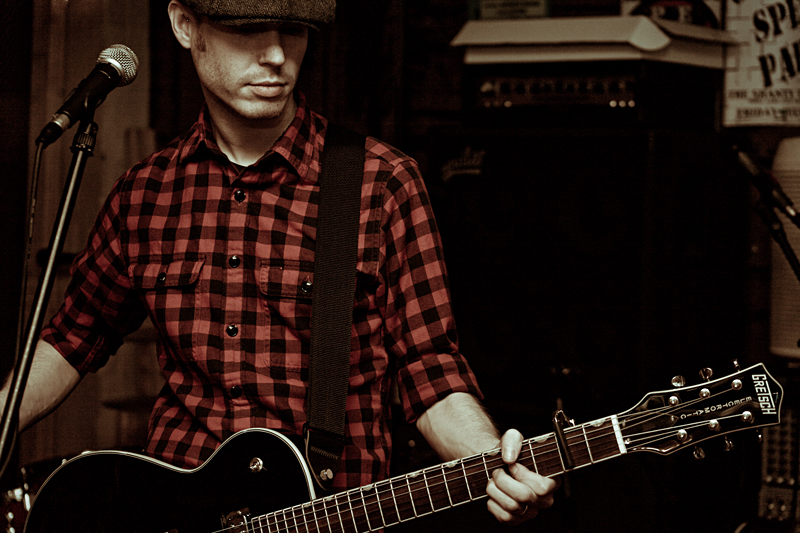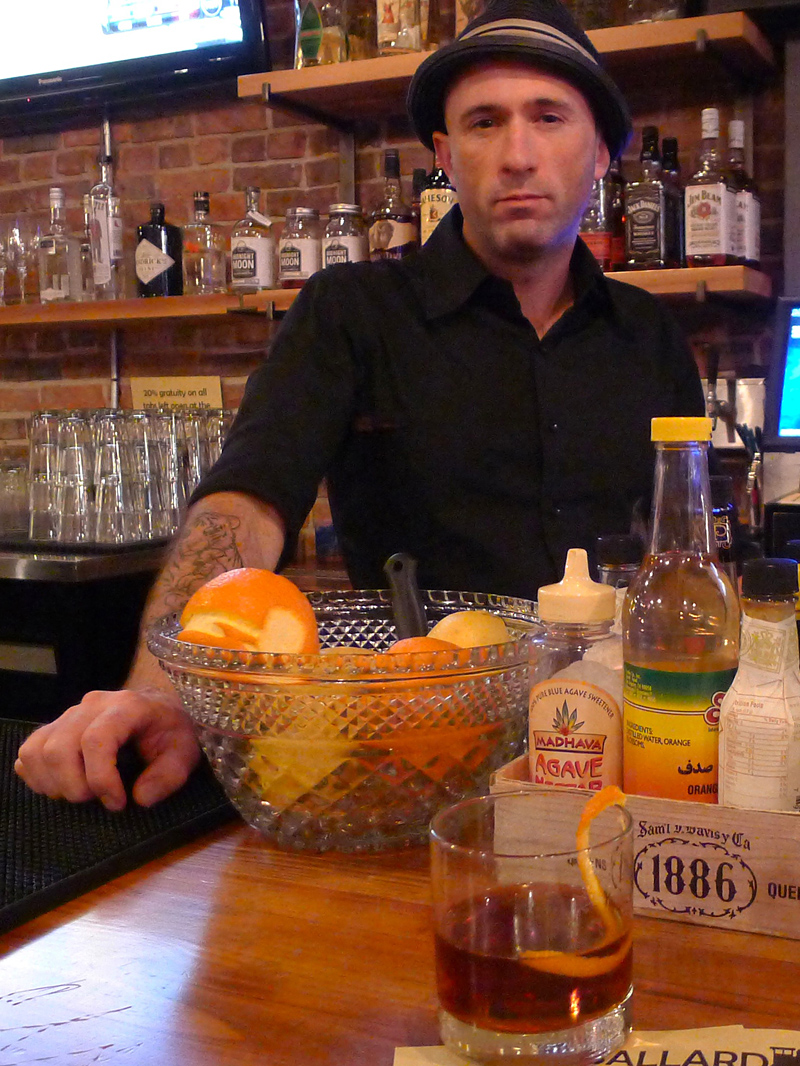Image sourceGet stuck in traffic this past weekend? Odds are if you were headed through downtown on I-5 during the day or, even worse, across Lake Washington, at least a portion of your weekend was spent mired in gridlock.Several factors contributed to the ginormous clustercuss–including the annual STP bike race and a glut of neighborhood festivals–but the closure of the 520 bridge was, as always, a major inconvenience. The roadway, which ferries some 166,000 vehicles per day across the pond on the typical summer weekend, was shut down for routine maintenance and the installation of a massive “fish culvert.” That last part that begs the question: Why the heck do we need a fish culvert underneath a floating bridge?The short answer, according to WSDOT spokesman Jeff Switzer, is that the culvert was installed on land–near Hunt’s Point, just west of the 84th Avenue Northeast overpass–not beneath the floating bridge itself. Crews had to close the highway from 11 p.m. Friday to 5 a.m. this morning to dig a 30-foot-deep trench across all lanes of traffic to install a fish passage culvert measuring 10 feet tall, 20 feet wide, and 150 feet long. Like so:Image via WSDOT on FlickrDespite appearances, this culvert is for salmon, not whales.Switzer says the passage is intended to make migration easier for salmon and other fish species. It connects Fairweather Bay with Fairweather Creek, a small stream that runs through Overlake Country Club and into Medina. Previously, the fish made their way upstream via a round metal culvert that measured a mere 48 inches in diameter. Switzer says the new culvert has a flat bottom that “simulates a stream bed better than the old one.””The old one had no stream bed, no gravel, no habitat complexity,” adds Phil Bloch, a WSDOT biologist. “The water was running over the top of a corrugated metal pipe. The new one actually allows the stream the meander somewhat beneath the roadway.”This is the second time WSDOT crews closed the thoroughfare to install a fish culvert (the first time was back in mid-June) and Switzer says there are plans to place six additional culverts on the Eastside between Medina and Bellevue. The next closure is scheduled for August 26-29.Bloch explained that all of the culverts involve “fairly small stream drainages,” but the work is essential because WSDOT is required by the Department of Fish and Wildlife to “replace fish passage barriers with fish passage structures” whenever there is a road-construction project.Switzer couldn’t say how much the giant fish tubes will cost taxpayers, except that the cost was factored into the $306 million being spent to replace the SR 520 roadway and interchanges. During the latest closure, the state also performed standard repairs and bridge maintenance, like striping and fixing potholes and a yearly inspection to make sure the 48-year-old bridge doesn’t collapse any time soon. And here’s hoping the thing stays afloat, otherwise some fish might be injured by the sinking concrete.Follow The Daily Weekly on Facebook and Twitter.
More Stories From This Author
New state legislation fights catalytic converter theft
Governor Jay Inslee signed a bill on March 26 adding new regulations to the purchase and sale of catalytic converters…
By
Benjamin Leung • April 8, 2024 1:55 pm
Kirkland officer steps down following investigation into bikini barista incident
A Kirkland police officer accused of exhibiting odd behavior toward bikini barista employees while using a city-owned vehicle has resigned…
By
Cameron Sires • April 5, 2024 10:09 pm
KC Sheriff’s Office sues over Burien encampment ban
Office of Law Enforcement Oversight director calls Burien’s ordinance “unconstitutional.”
By
Cameron Sheppard • March 18, 2024 12:32 pm






